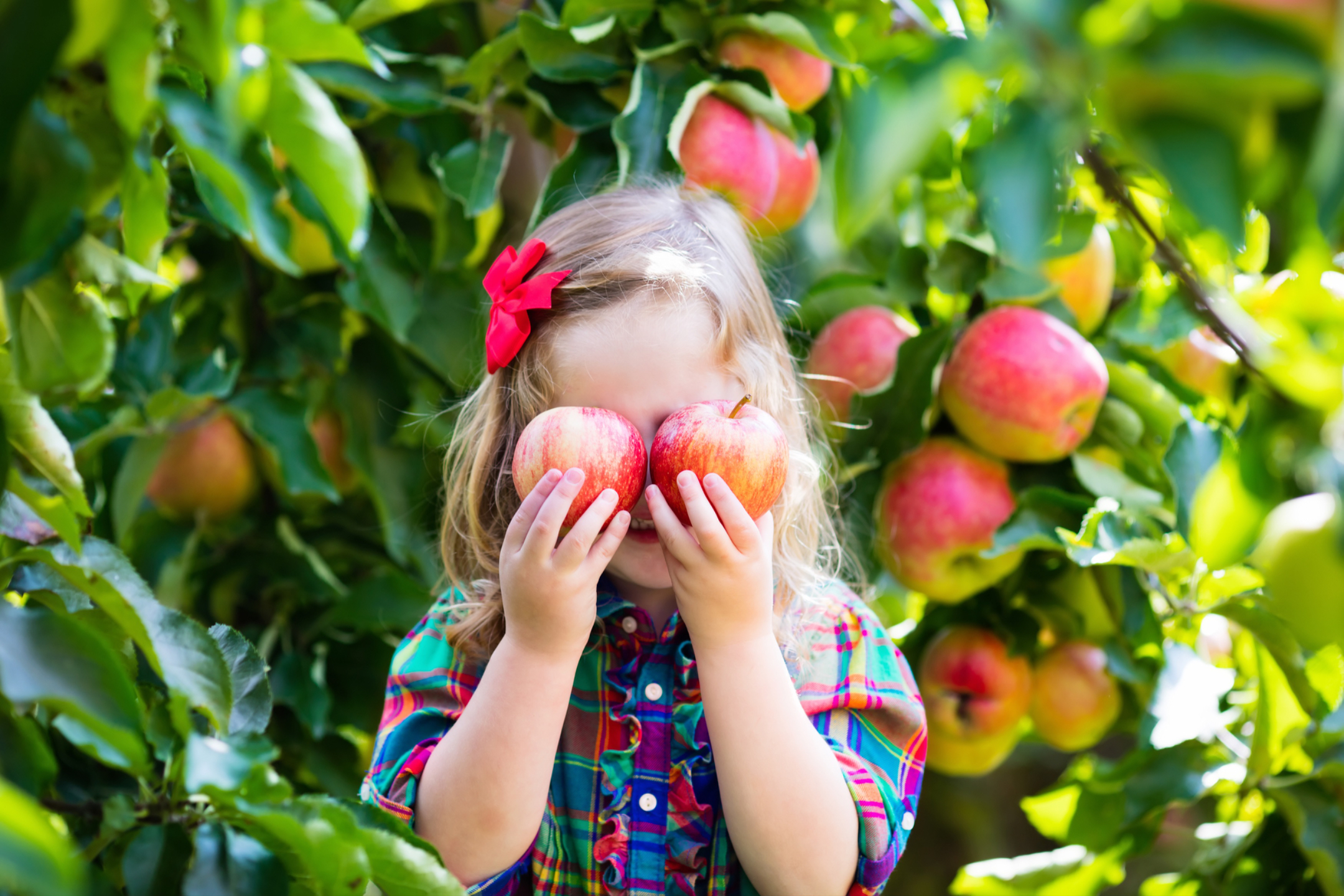Using Grams, the Metric Unit for Weight
Jul 07, 2022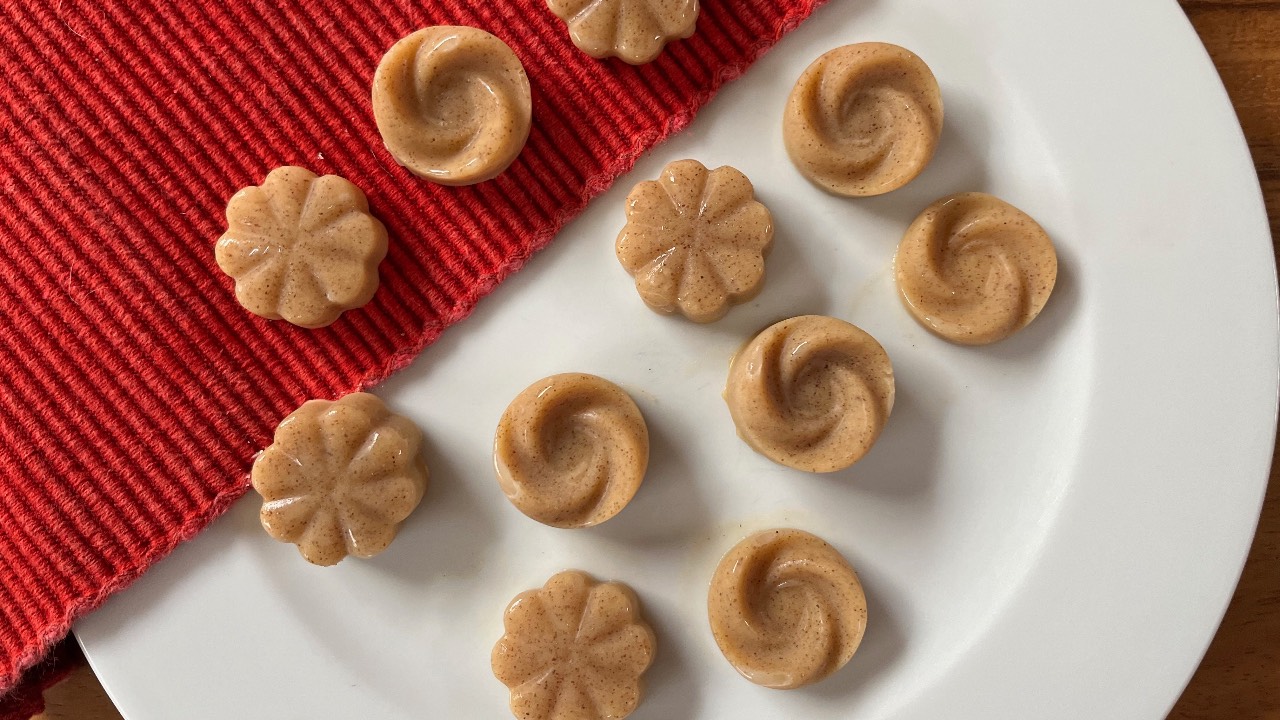
Think about a gram for a moment. Can you identify something that weighs one gram? Can you visualize the approximate size of something that would weigh a gram? When you look at the nutrition label on a package and it says 4g of sugar, can you visualize how much this is? Using grams, the metric unit for weight, is difficult for most Americans because we just don’t use the metric system very much. However, grams are used in medicine, on nutrition labels, and in science. In order to fully make decisions in these areas, we need to understand more about examples of grams.
A dollar bill, a raisin, a paperclip all weigh about one gram. Have your child hold a raisin in one hand and a paperclip in another. Do they feel about the same weight? Now put a box of paperclips in one hand and a raisin in the other. Now do they feel different?
Finding Examples of Items Weighed in Grams
Do a kitchen search. Almost every packaged item in your kitchen will give the weight in ounces and pounds but also in grams or kilograms. Line them up from smallest weight to largest weight. Did you find any surprises?
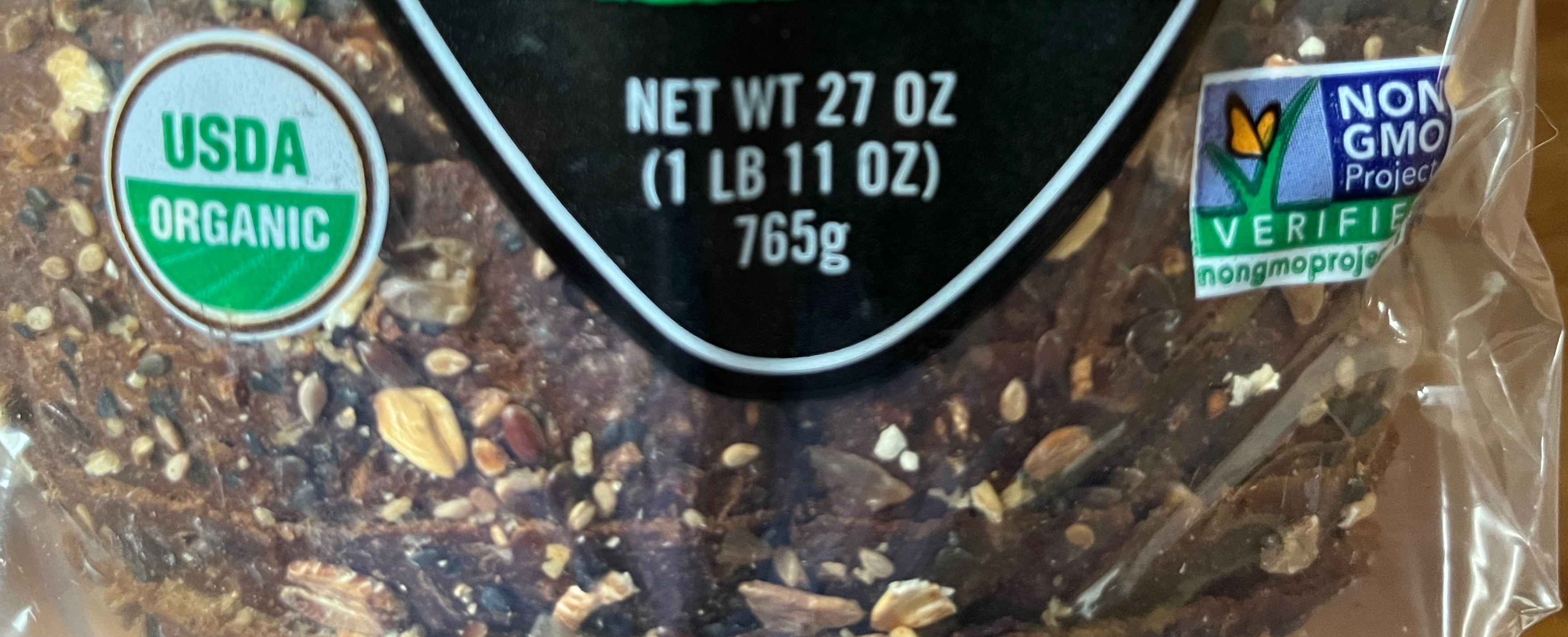
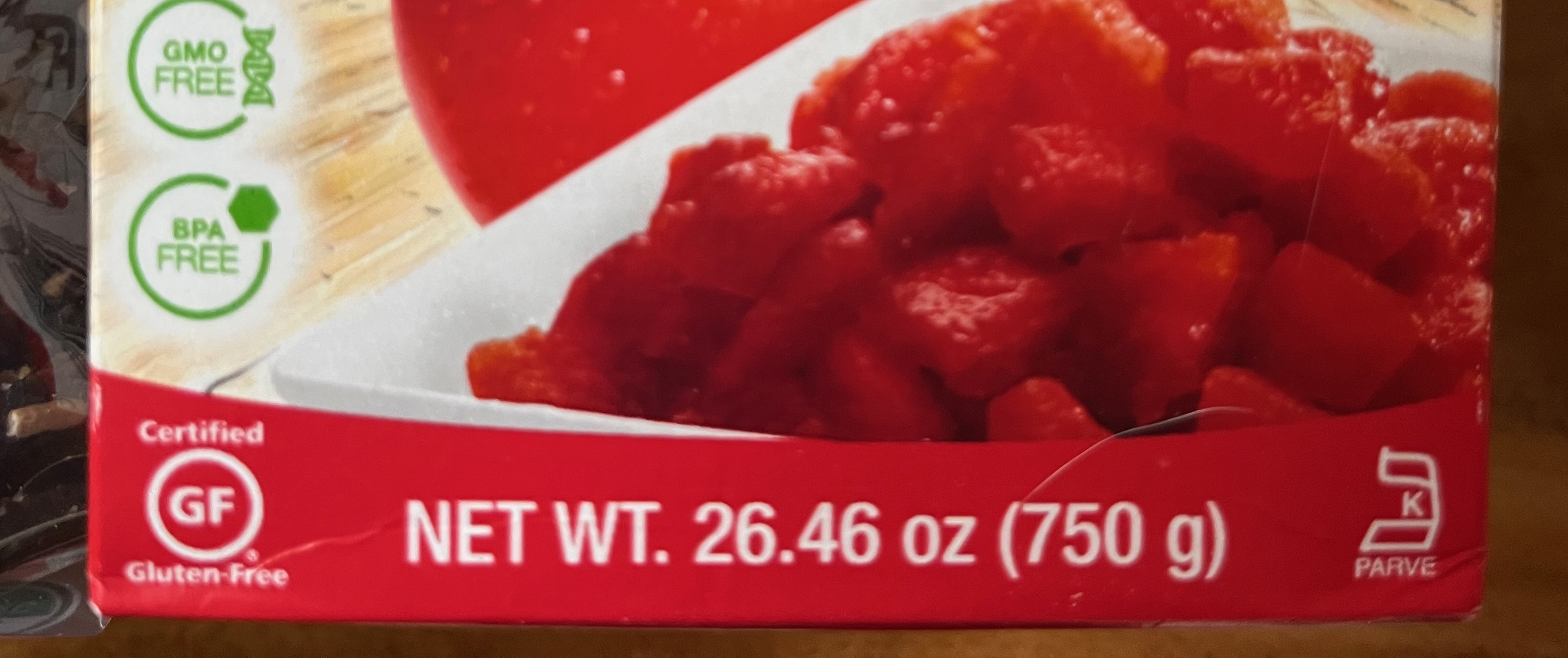
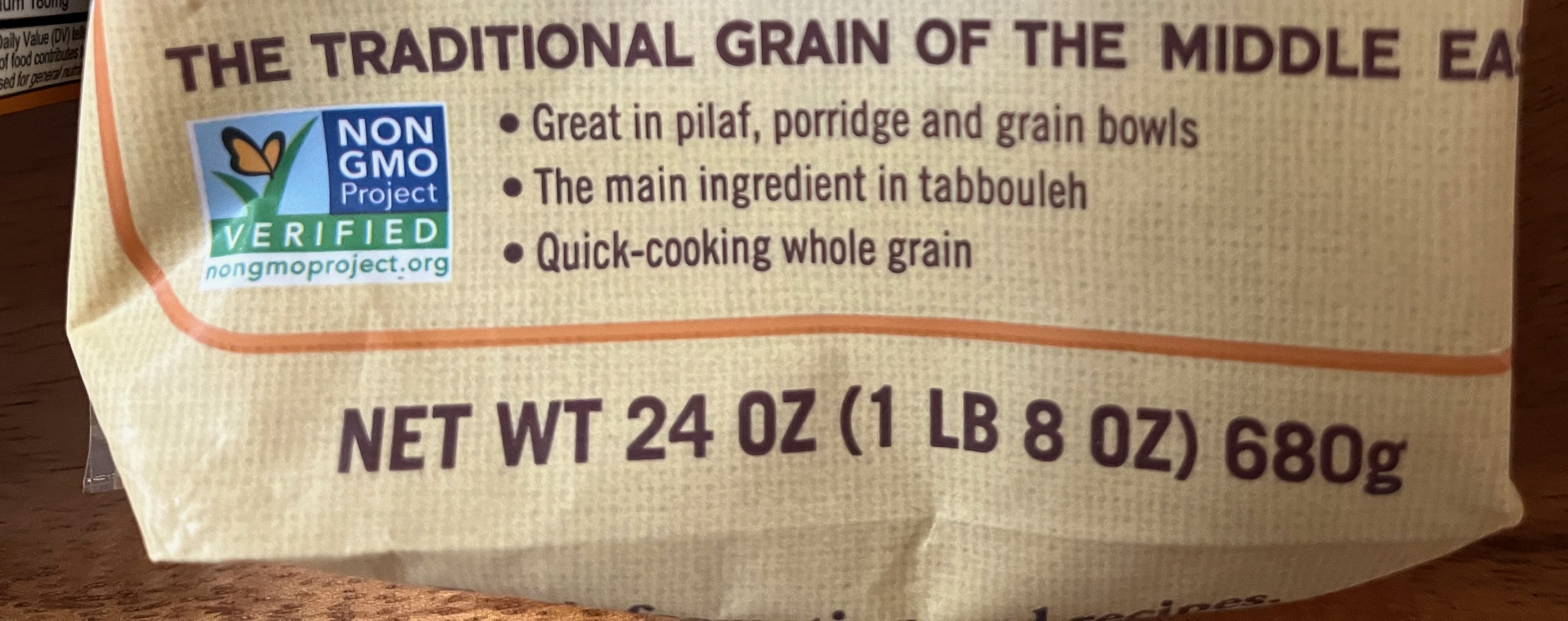
 Look in your kitchen for ingredients to put in order from smaller number of grams to largest.
Look in your kitchen for ingredients to put in order from smaller number of grams to largest.If you have a kitchen scale, young students love to weigh things. Can they identify 5 things around your house that could be weighed in grams? Collect some items and weigh them. What things are too big? Is anything to small to register? Show them how to make a table showing their findings.
For older students, have them figure out their weight in pounds and then convert it to kilograms. How about the family pet? Convert their weight too. Conversions are a big part of fifth grade math.
The more experiences your child has with using grams, the more familiar they will be with them and be able to function more knowledgeably in daily life.
Measuring Grams With a Kitchen Project
You can help your child practice using grams by making these healthy chocolates. (You will need a kitchen scale to measure the amounts.). My children love these. They never last more than a few days in our house!
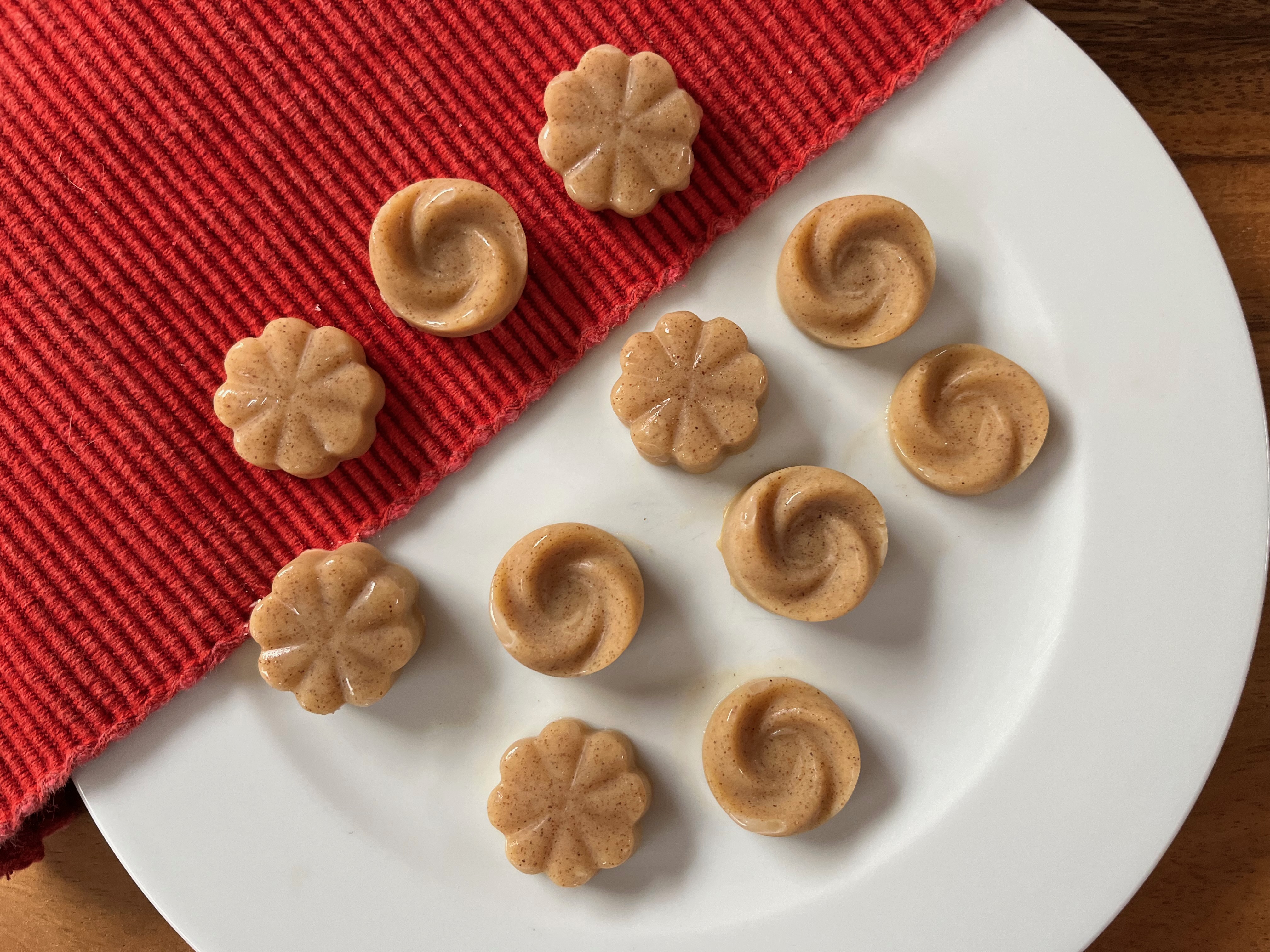

Healthy Chocolates
150g cacao butter
70g coconut oil, melted
4 Tablespoons hazelnut, peanut, or almond butter
2 teaspoons vanilla extract
85g raw honey
Pinch of sea salt
- Add the cacao butter to a double boiler.
- Heat until it is melted.
- Remove from the heat and add all the other ingredients. Mix. You can use a mixer to just mix by hand.
- Pour the mixture into molds. You can use silicone ice cube trays or other silicone trays with fun shapes. (There are tons of inexpensive choices on Amazon.)
- Put in the freezer for two hours or until solid. (These are best stored in the freezer until you eat them.)
- Enjoy!
Adapted from: http://www.cantillonkitchen.com/healthy-easter-chocolates/
